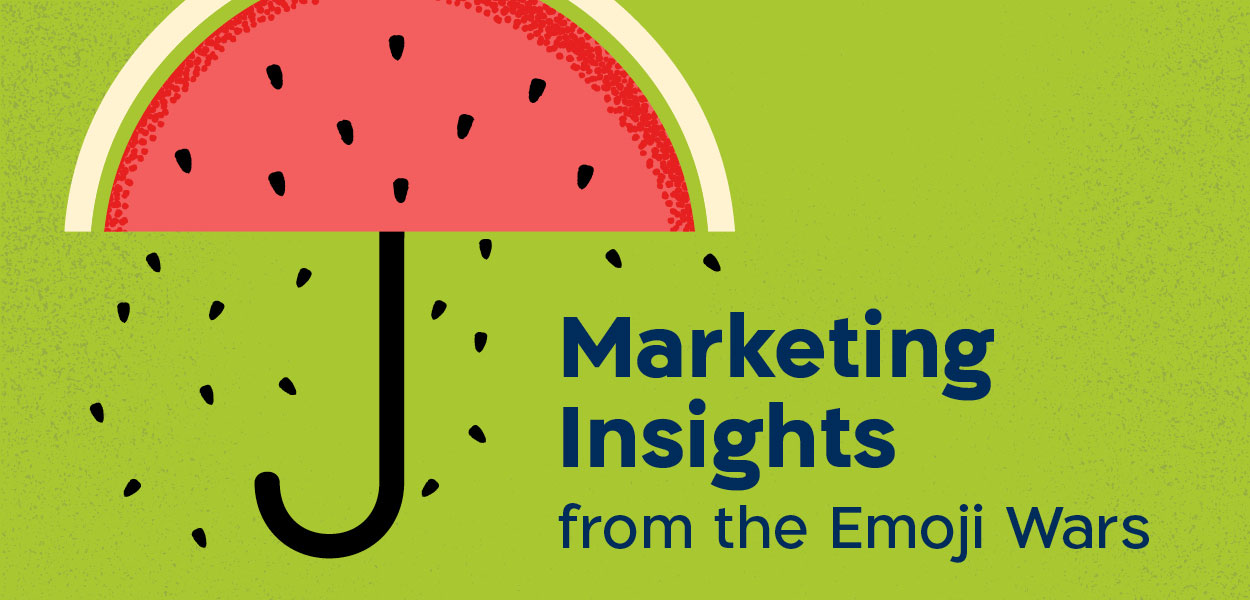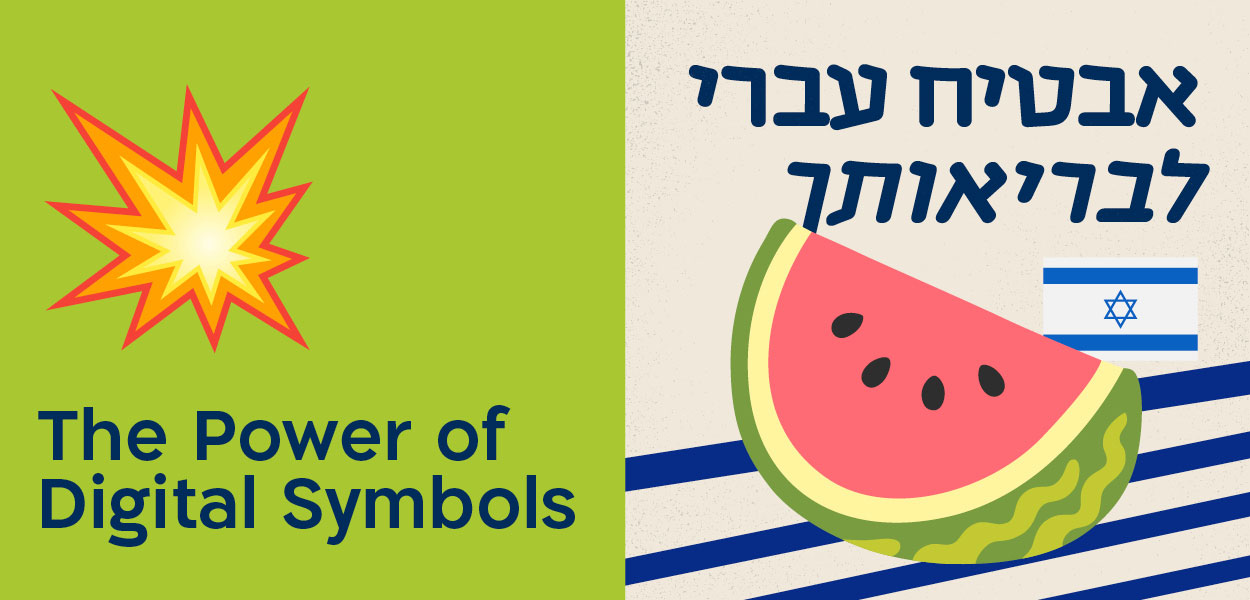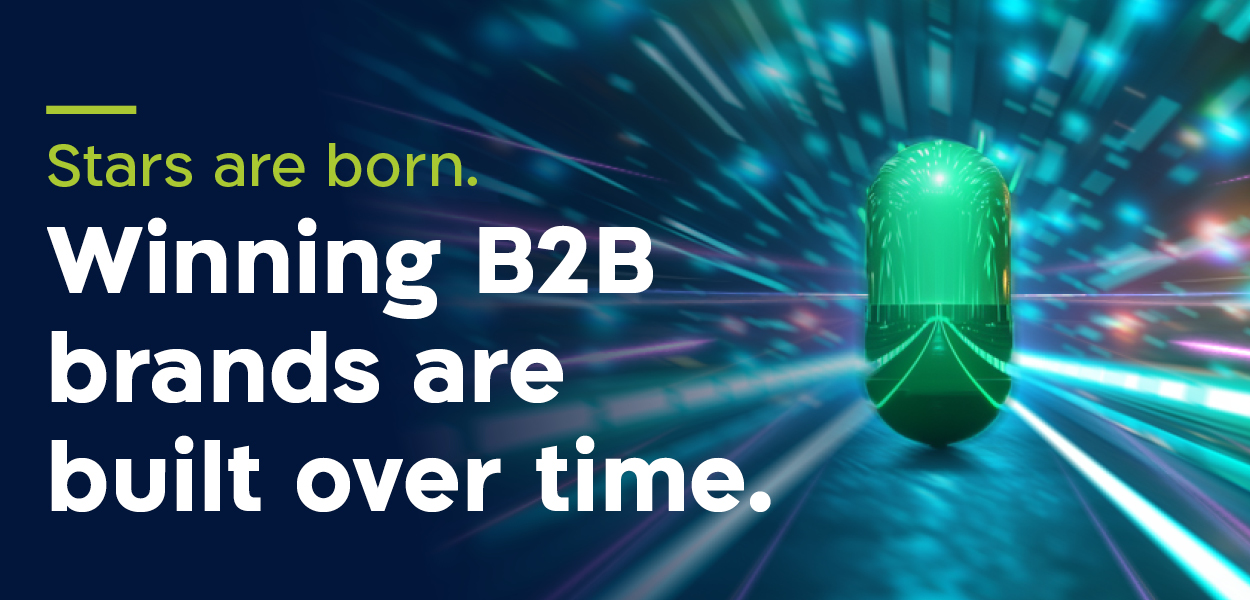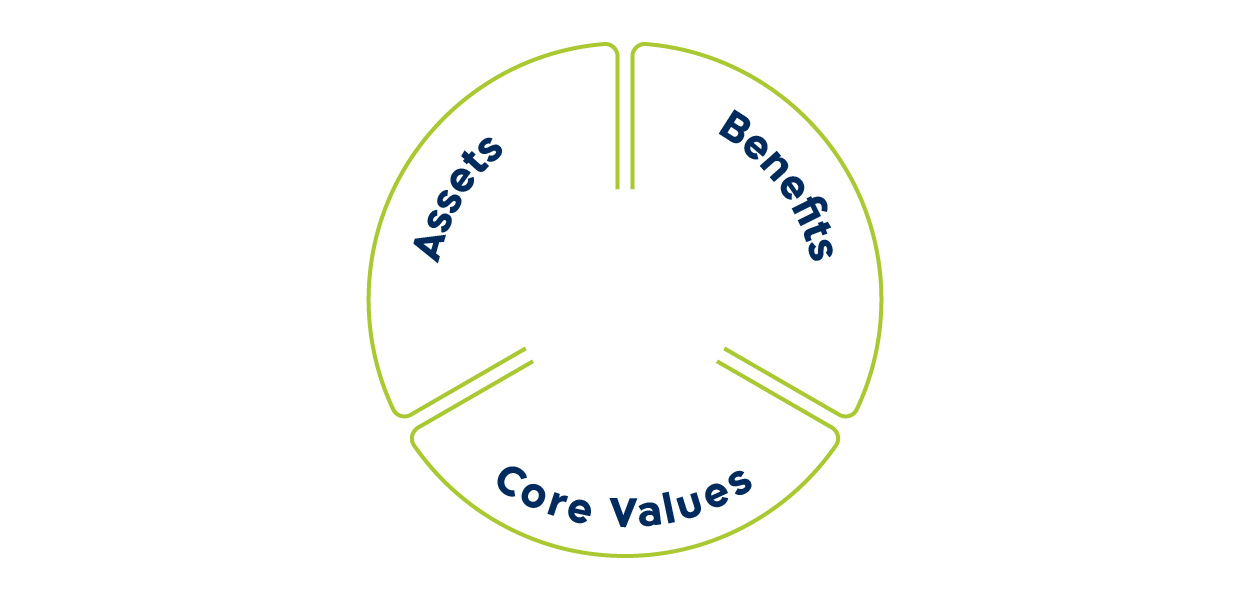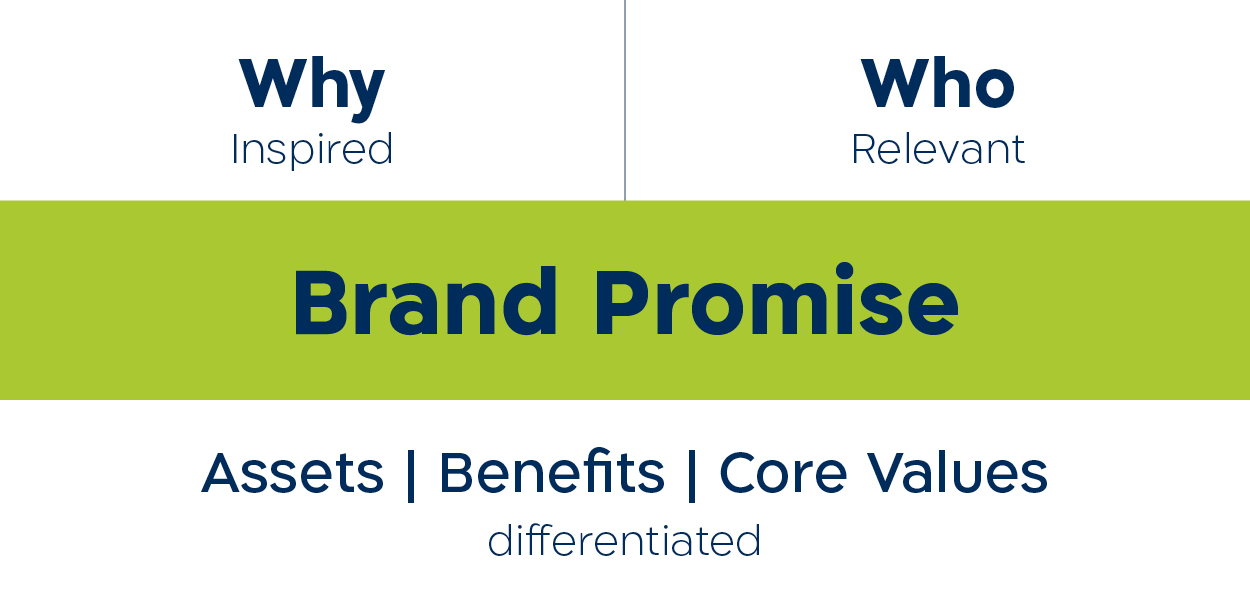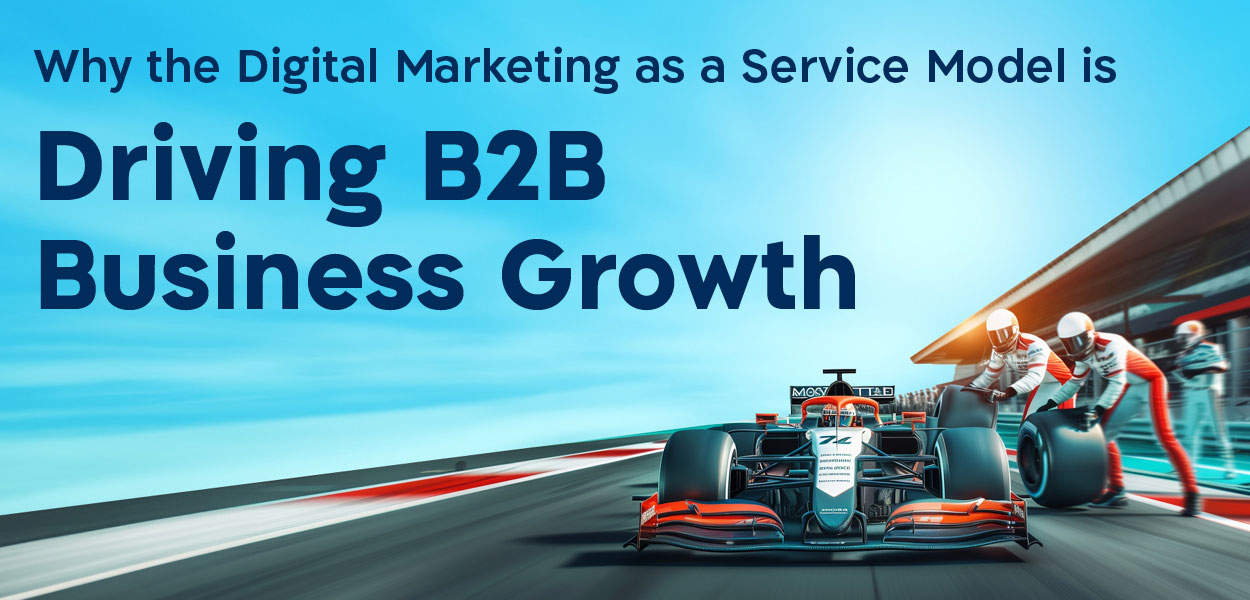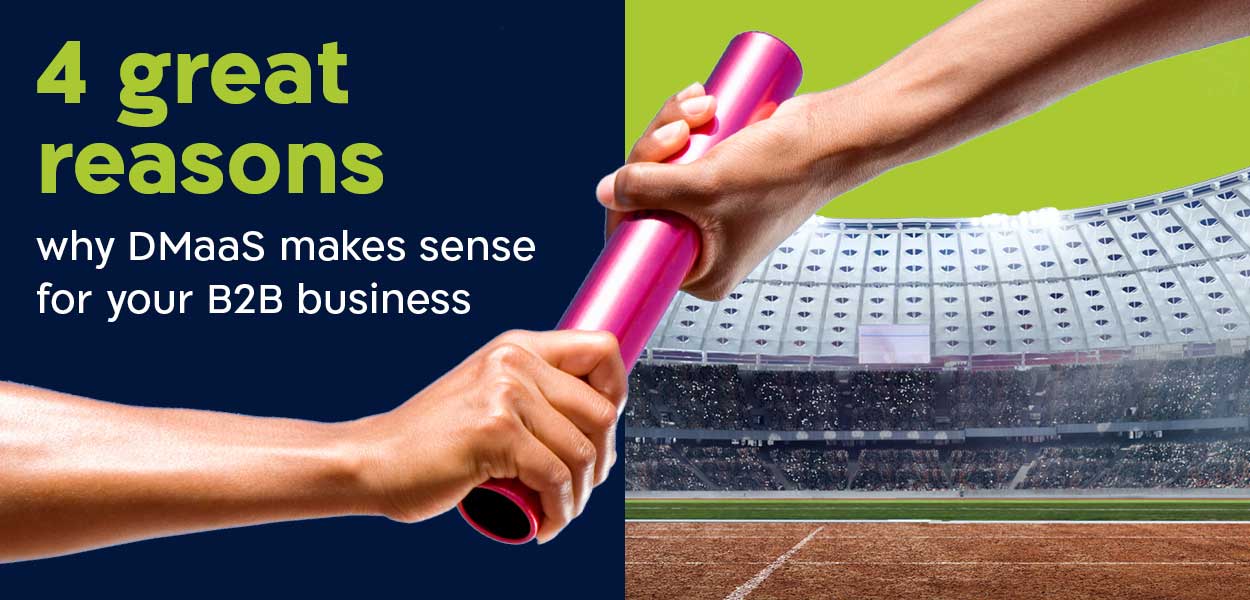January 1, 2018

Israel and China are a perfect match – China is an incredible opportunity for Israeli cybersecurity, medical devices and artificial intelligence industries. While at the same time Israel is a source of talent and know-how with its startup culture – something that China is lacking. Bilateral ties between Israel and China have increased significantly in recent years, sparking the launch of the Israel-China Innovation Committee and the Israel-China Economic Task Force.
The US is the typical route for Israeli companies expanding abroad. Language and culture make China seem daunting at first, and certainly for consumer-oriented companies trying to figure out the Chinese customer has led to many failed enterprises. B2B opportunities, on the other hand, are a perfect setup for Israel companies. Possible access to capital for expansion and growth another major reason to look at China.
How to break into the Chinese market:
Understand the target customer and other stakeholders
Find the right strategic partners to help you. Consumers in China are entirely different than what you are used to. They are on different channels, they have different expectations, and there are important cultural norms you’ll want to be aware of. A local team on the ground with the experience and tools to understand and effectively target customers is crucial to preventing big blunders.
Regulatory concerns
It is critical to spend time researching and understanding the regulatory environment prior to making any decision to enter the market. China has extremely strict laws protecting consumers, including quality, standards and other regulations covering most industries. Sensitive industries such as medical devices and pharmaceutical are especially strict.
Trademark everything, immediately
As soon as your product comes on the scene in China you can bet there will be copycats. We’ve seen it with big brands and small, if you don’t take trademarking seriously, you run the risk of expensive, messy and prolonged legal battles. Before talking to anyone, start the trademark process and make sure you own the corresponding Chinese domain names (.cn and .com.cn).
Don’t assume what works in the West will work in China
Look no further than eBay and Uber, two remarkably successful international companies that failed in China. Chinese consumers have different tastes, different expectations, different cultural norms and customs that are deep-rooted in society. On top of all of this is an unrelenting drive for innovation, which makes brands with a weak positioning strategy extremely vulnerable. If you take your brand to the China market and your messaging is unclear, or your branding is weak, there is a good chance your product or service will be copied and eaten up by a domestic brand.
Find a decent Chinese name
It doesn’t have to be a direct translation, or even exactly the same as the Western version. The Mandarin language is comprised of thousands of characters that all have a great deal of significance. Meaning there are lots of options for translations that can turn out great, or translations that can turn out… not so great. AirBnB fell prey to a naming mishap when they entered the Chinese market as 爱彼迎 (Àibǐyíng), which they explained means “let love meet each other” but to native Chinese this name conjures up images of a “love hotel”, and many complained that it is awkward to pronounce.
Even if you think you’ve settled on a great name, test it, test it and test it again.
Start with distribution and expand from there
You don’t need to set up shop right away. After you’ve trademarked everything, going through a distributer to test the waters is a good way to enter the China market. Many SME’s in the medical industry routinely work with distributors to get their products into hospitals in China.
Set up your website
Number one piece of advice; put your Chinese website on a server in China or Hong Kong. Shrinking attention spans haunt every content marketer, so don’t lose your audience even before your beautifully, well-crafted home page loads. If you are hosting on a local Chinese server you are required to apply for the ICP license and this also means you need to have a local entity already organized. You’ll typically need to apply for an ICP license from the Chinese Government; this will lead to better search results on Baidu and allows you to run PPC campaigns.
Don’t forget to make your website mobile optimized! In China more than 95% of Internet users are using their mobile phones to access it.
Choose the right trade shows
This goes hand-in-hand with understanding your target customer and stakeholders. There are hundreds of trade shows in China every year, with thousands of exhibitors. It can be tempting to try and get your foot in the door to as many as possible, but this will leave you out of budget and exhausted quickly. Can you team up with similar brands? Make connections with attendees beforehand?
Enter social media with your big toe in the water
With all the hype around WeChat in China, many brands are ready to dive headfirst and go all out for this mega-app, but take a step back. WeChat is completely different than Facebook, Instagram or any other typical social media platform you are familiar with using. It is important to set the right expectations, and the right strategy. Become well versed with the app, it’s functionality and it’s limitations before setting your KPIs. While it is important for brands to have a WeChat account, there may be other channels to investigate.






















